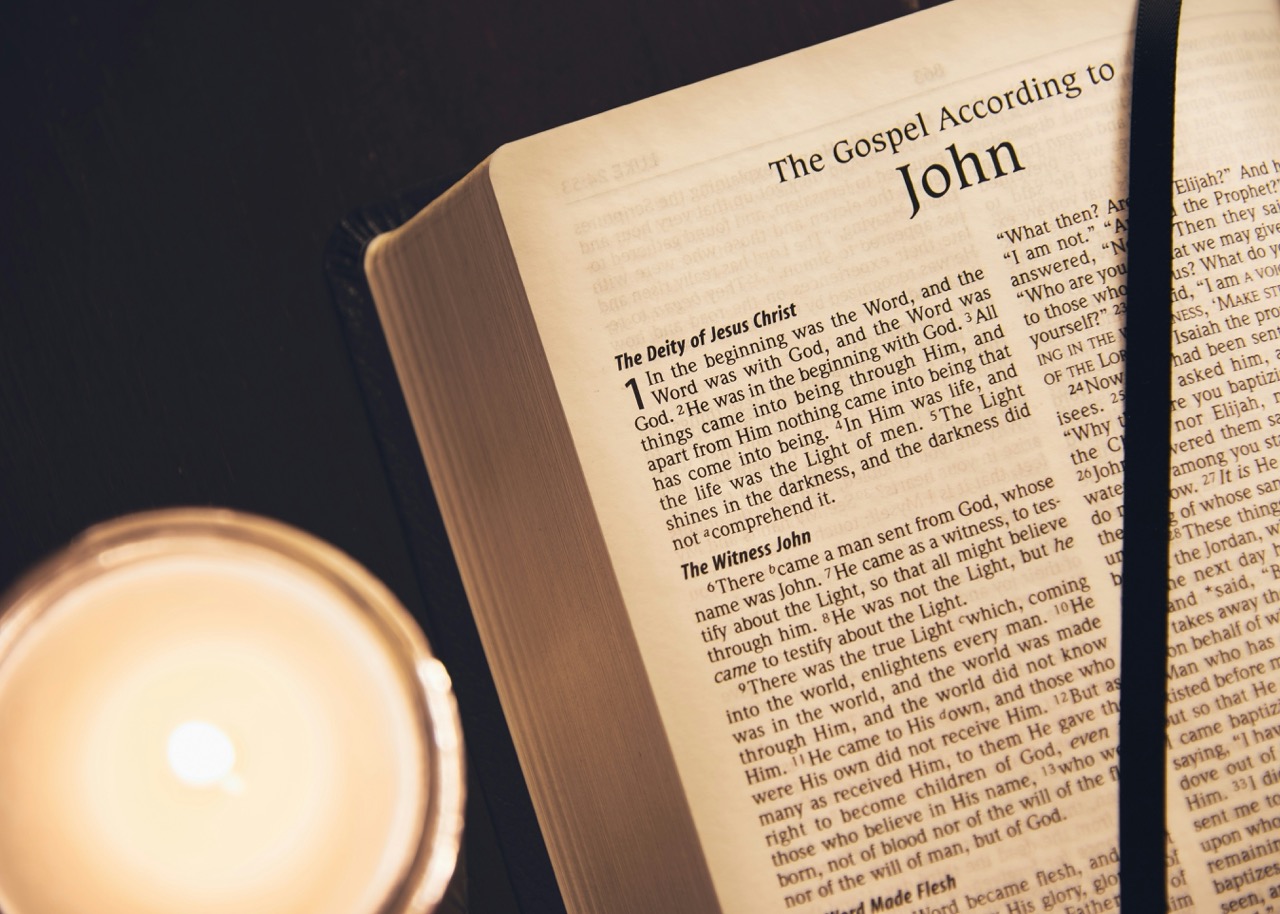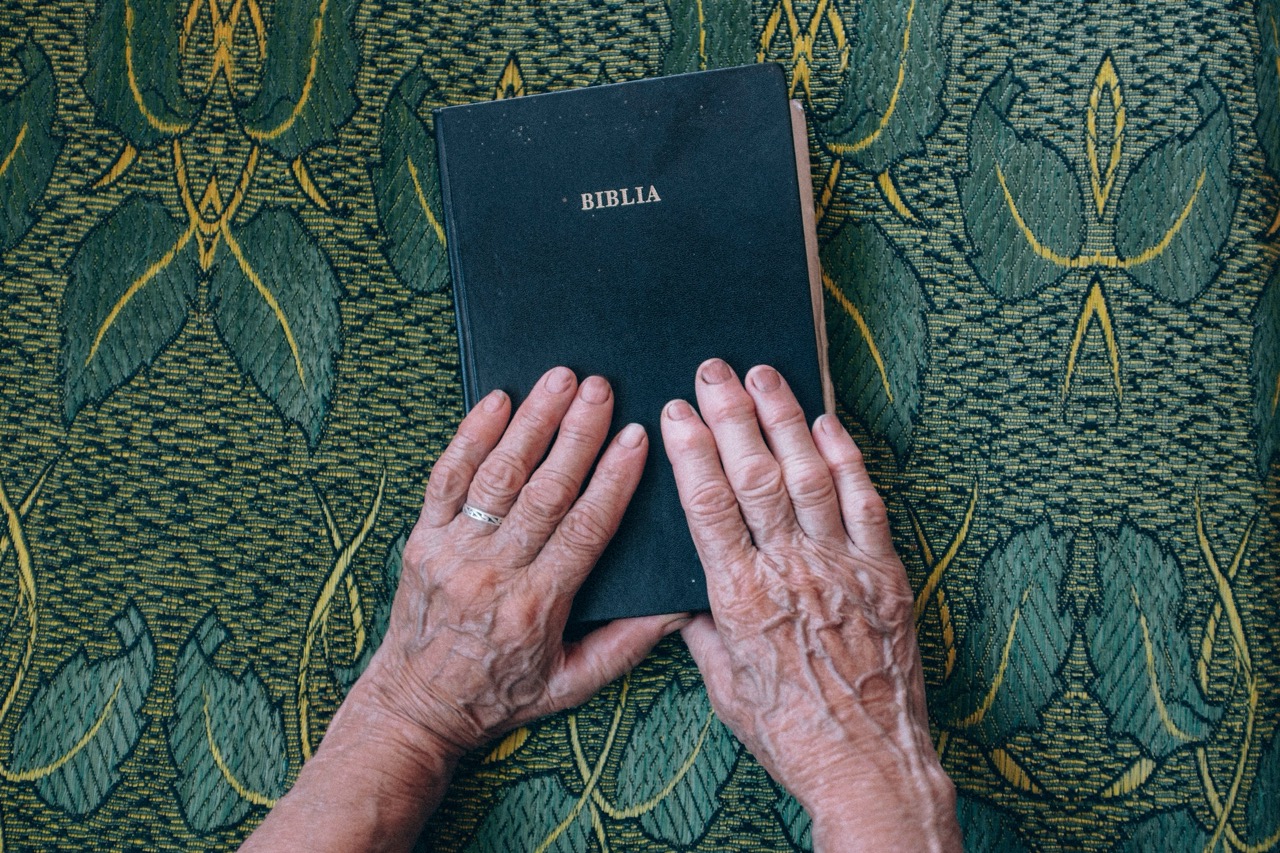The Anointing at Bethany: A Story of Sacrificial Worship

In the heart of Judea and just a stone’s throw from Jerusalem lies the village of Bethany, a place that has become synonymous with one of the most poignant acts of worship recorded in the Christian Bible. The Anointing at Bethany encapsulates profound themes of devotion, sacrifice, and the contrasting responses that true worship can evoke. This story, found in the Gospels of Matthew, Mark, and John, invites us into an intimate gathering that reveals the depth of human emotion and divine purpose. It serves as a timeless reminder of what it means to truly honor the sacred.
The Setting: A Quiet Dinner in Bethany Awaits
The narrative begins with Jesus arriving in Bethany, where he is warmly welcomed by friends who have witnessed his miracles and teachings. This particular evening is marked by a dinner hosted by Simon the leper, a man who had likely experienced the healing touch of Jesus. As the sun sets and the evening unfolds, the atmosphere is thick with anticipation and reverence. The guests—Jesus, his disciples, and Mary, Martha, and Lazarus—share not just a meal but a moment filled with the rich tapestry of friendship and gratitude. Such gatherings are significant in the Jewish culture, where hospitality is a revered virtue.
As the conversation flows, the mood is one of camaraderie and appreciation. Jesus, the center of attention, speaks with authority, yet his presence brings a palpable peace. The dinner symbolizes not only a moment of refreshment but a sacred pause before the storm of events that is to follow in the weeks leading to the crucifixion. This intimate setting foreshadows a profound revelation of worship that is about to unfold, encapsulating the essence of sacrificial love and devotion. It is within this serene environment that Mary, one of the sisters of Lazarus, prepares to make a bold statement that will ripple through time.
Bethany, with its quiet streets and familiar faces, serves as a backdrop for an extraordinary encounter. The dinner table, laden with food and fellowship, becomes a sacred space where the ordinary transcends into the extraordinary. It is here that worship will take on a new meaning, challenging the status quo and illuminating the heart of what it means to respond to divine grace. The stage is set for an act of worship that will echo through the ages, compelling all who hear it to reflect on their own expressions of devotion.
A Surprising Gesture: Mary’s Bold Act of Devotion
In a moment that catches everyone off guard, Mary emerges from the shadows, carrying an alabaster jar filled with expensive perfume, made from pure nard. This jar symbolizes not only her economic sacrifice but also her willingness to break social conventions for the sake of worship. Without hesitation, she approaches Jesus, kneeling at his feet in an act of humility. The room falls silent as she pours the fragrant oil over his head, anointing him in a gesture of profound love and reverence. This act is not merely about the physical substance; it is imbued with meaning, representing the anointing of a king and foreshadowing the sacrifice Jesus would soon endure.
Mary’s action is deeply personal; it is a response to the love and healing she has experienced through Jesus. Unlike the disciples, who often grappled with the implications of Jesus’s mission, Mary seems to grasp the weight of the moment. In a culture that often viewed women through a limited lens, her boldness stands as a testament to the transformative power of faith. The perfume, costly and luxurious, reflects the depth of her devotion—her willingness to give up something precious as an offering to her Savior. This moment speaks volumes about the heart of worship; it is not about the act itself but the intention behind it.
The pouring of the perfume fills the room with an intoxicating aroma, signifying the beauty of sacrificial worship. It is a fragrant offering to Jesus, one that transcends mere ritualistic gestures. Mary’s act is a reminder that true worship often requires vulnerability and a willingness to step outside the bounds of societal expectations. In her bold gesture, she embodies the essence of devotion—a heartfelt response to the divine that challenges observers to reconsider their own expressions of love and reverence.
The Reactions: Love, Criticism, and Sacred Moments
The immediate reaction to Mary’s act is mixed, revealing a spectrum of human emotions that accompany sacrificial worship. While some in the room stand in awe of her devotion, others, notably Judas Iscariot, voice their disapproval. Judas, the treasurer of the group, frowns upon the use of such expensive perfume, declaring that it could have been sold for a year’s wages and the money given to the poor. His words resonate with a sense of practicality, yet they also unveil a deeper issue—his own greed and betrayal that will soon surface. The contrast between Mary’s selfless devotion and Judas’s critical perspective highlights the different ways individuals can perceive acts of worship.
Jesus defends Mary’s actions, asserting that she has done a beautiful thing for him. He recognizes the significance of her anointing as preparation for his burial, a foreshadowing of the sacrifice he is about to make. Jesus’s response serves to elevate Mary’s act from mere extravagance to a prophetic act of love. He emphasizes the importance of honoring those who truly understand and respond to the divine call, regardless of societal expectations or criticism. In this sacred moment, Jesus affirms that worship often comes at a cost and that true devotion is worthy of recognition.
The scene unfolds as a poignant reminder of the complexity of spiritual engagement. While some may criticize acts of worship that seem extravagant or unorthodox, Jesus teaches that such expressions come from a place of deep love and understanding. This interaction between Mary, Judas, and Jesus invites us to reflect on our own reactions to worship. Are we quick to judge what we do not understand, or do we seek to celebrate the diverse ways in which people express their love for God? It offers a clarion call to embrace the beauty of worship in all its forms, especially when it arises from a sincere heart.
The Lasting Impact: Lessons from Sacrificial Worship
The Anointing at Bethany transcends its immediate setting to impart enduring lessons on worship. One of the most profound messages is the call to sacrificial love—Mary’s act of anointing Jesus serves as a reminder that true worship often requires us to give of ourselves, our time, and our resources. It challenges us to consider what we hold dear and how we might express our devotion in ways that glorify God. Sacrificial worship is not merely about the act itself but the heart behind it, urging us to pursue authenticity in our relationship with the divine.
Moreover, the narrative invites us to examine our responses to acts of worship that may seem unconventional or extravagant. In a world often driven by practicality, Jesus’s defense of Mary’s actions calls us to recognize the value in expressing love for God in ways that may defy societal norms. It encourages a culture of acceptance and celebration for those who choose to worship boldly, reminding us that each person’s journey with God is unique and worthy of respect. This lesson extends beyond the walls of the church, inviting us to engage with the world around us in grace and understanding.
Finally, the story of the Anointing at Bethany leaves us with a profound sense of hope and anticipation. It foreshadows the ultimate sacrifice that Jesus would make on the cross, a testament to the depth of his love for humanity. Just as Mary’s act of worship prepares Jesus for his burial, it invites us to consider how we can prepare our hearts for the coming of Christ in our lives. In understanding the significance of sacrificial worship, we are called to embrace a life of devotion that reflects the heart of God—one that is willing to love deeply, serve selflessly, and worship authentically.
The Anointing at Bethany remains a powerful testament to the essence of sacrificial worship, demonstrating that true devotion often requires boldness and vulnerability. As we reflect on this story, we are challenged to consider how we express our love for God and how we respond to the acts of worship that may inspire or perplex us. Mary’s profound gesture serves as a reminder that the deepest acts of love are often those that come from a place of genuine connection with the divine. In a world that often overlooks the sacred in the ordinary, may we always strive to pour out our hearts in worship, embracing the beauty of sacrifice as we honor the One who first loved us.




